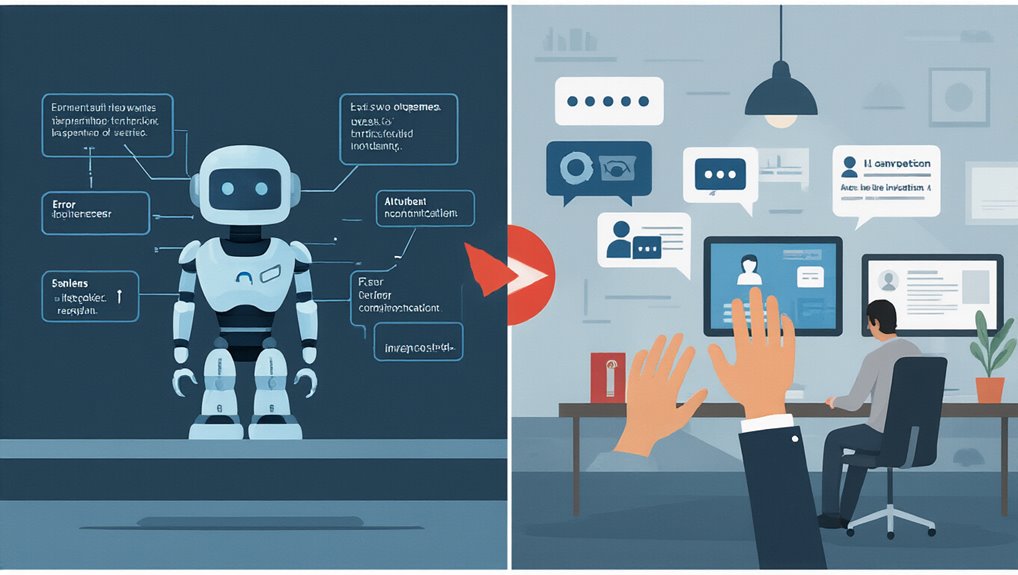Why do so many organizations struggle to realize the full potential of Enterprise Architecture? The answer lies in persistent misconceptions that have limited EA’s perceived value. Many companies mistakenly view EA as exclusively an IT function rather than a strategic business discipline. This fundamental misunderstanding prevents organizations from leveraging EA’s ability to integrate business strategy with technological capabilities across the entire enterprise. Enterprise Architecture serves as a crucial blueprint for organizations that maps the interdependencies between business processes and IT components.
Another common fallacy is that EA only benefits large organizations with complex systems. In reality, businesses of all sizes gain significant advantages from implementing EA practices. Small and medium enterprises that adopt EA early avoid inefficient resource allocation and build scalable foundations that support growth. Organizations that delay EA implementation often face substantial opportunity costs and strategic blind spots.
The perception that EA requires excessive documentation and complexity further hinders adoption. Effective EA balances thorough representation with practical usability. It provides decision-makers with clear, accessible information without overwhelming them with unnecessary details. Companies succeeding with EA focus on creating frameworks that stakeholders can easily understand and apply.
Many dismiss EA as theoretical rather than practical. This couldn’t be further from truth. Well-executed EA connects IT initiatives directly to measurable business outcomes and provides actionable blueprints for strategy implementation. Organizations benefit from EA when they treat it as a practical tool rather than an academic exercise.
The misconception that EA slows business processes also prevents companies from embracing it fully. Forward-thinking organizations incorporate agile principles into their EA practice, enabling faster decision-making by providing clear system views and eliminating redundancies. The initial time investment yields significant returns through improved integration and streamlined operations.
Finally, the benefits of EA are often perceived as intangible. However, effective EA delivers concrete value by:
- Reducing long-term technology costs
- Preventing siloed investments
- Improving alignment between business goals and technology capabilities
- Enhancing organizational adaptability in changing markets
- Supporting sustainable digital transformation initiatives
Organizations frequently misperceive EA as a one-time project rather than recognizing it as an ongoing process that requires continuous review and refinement as the business evolves. A comprehensive EA strategy facilitates successful system integration by ensuring compatibility between diverse components while addressing security concerns inherent in interconnected systems.









